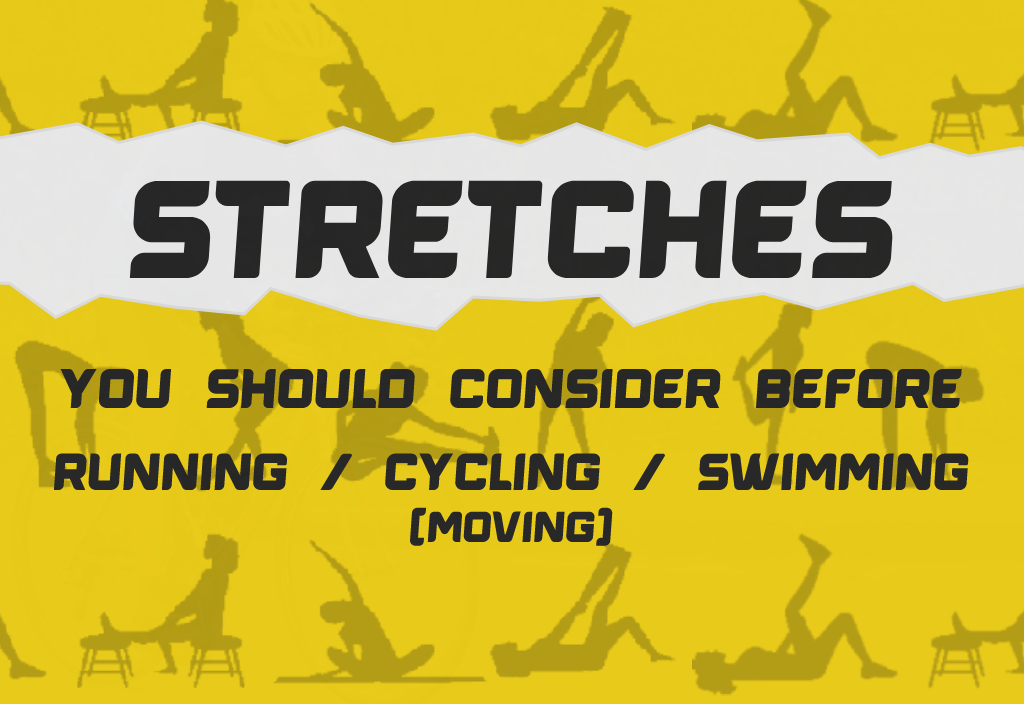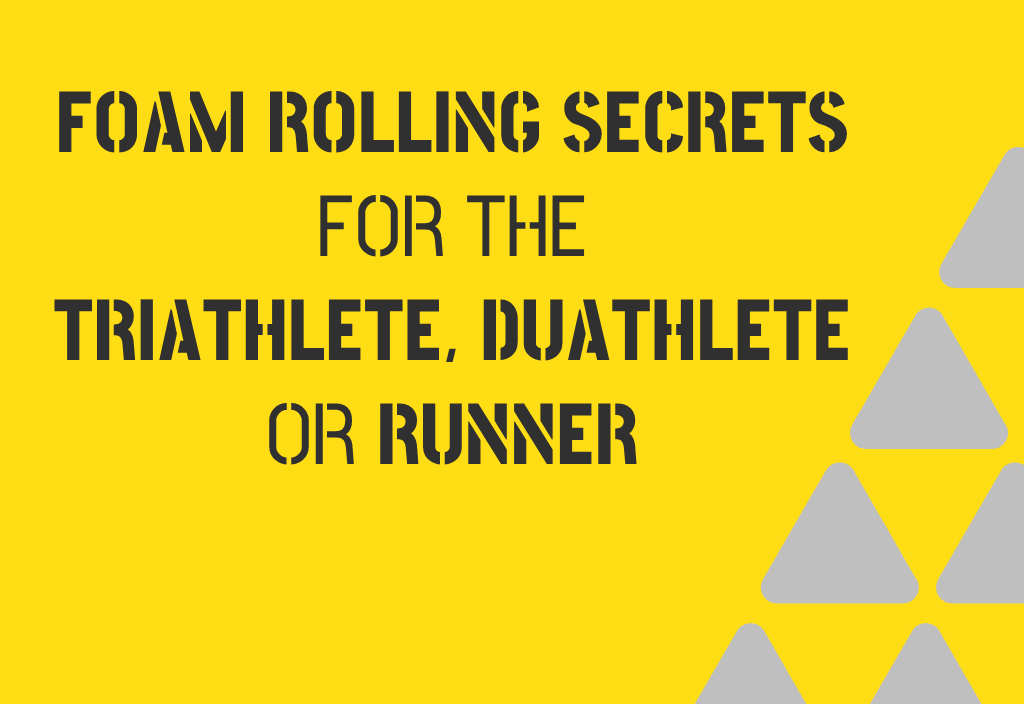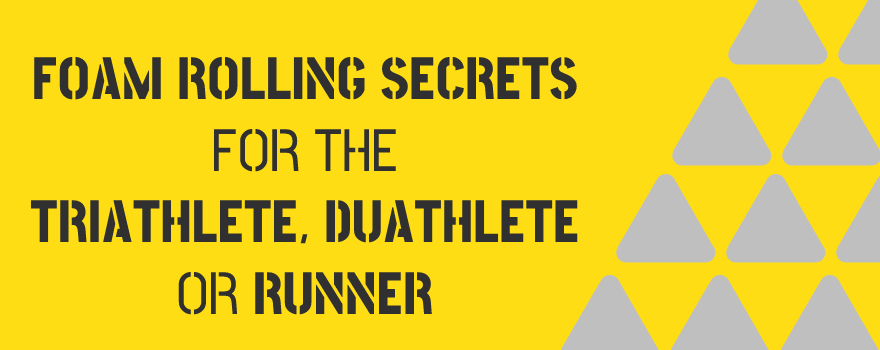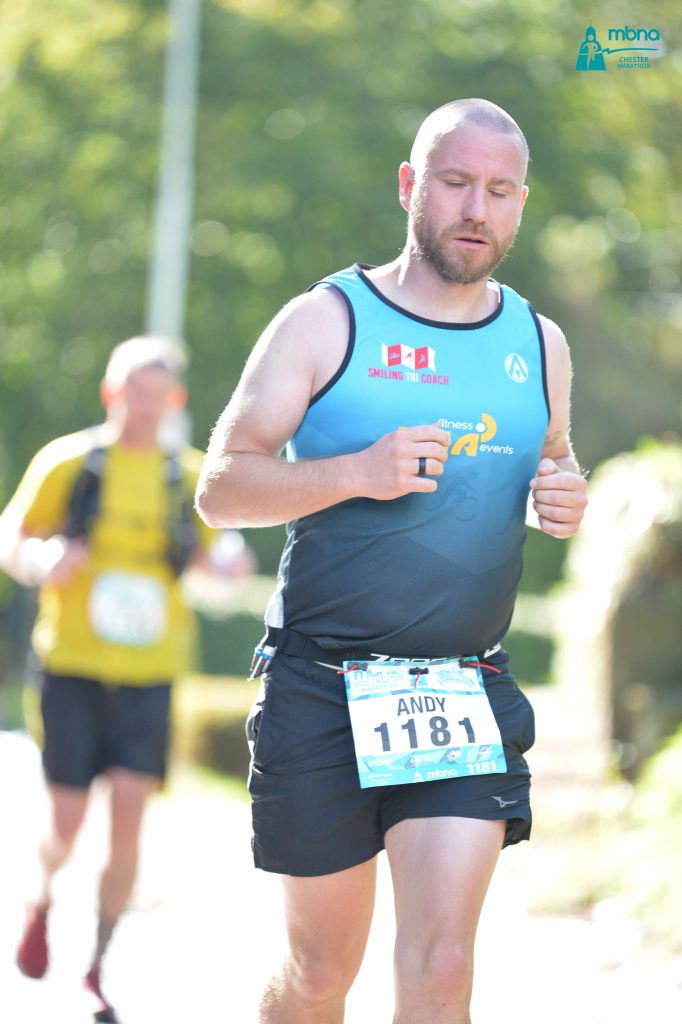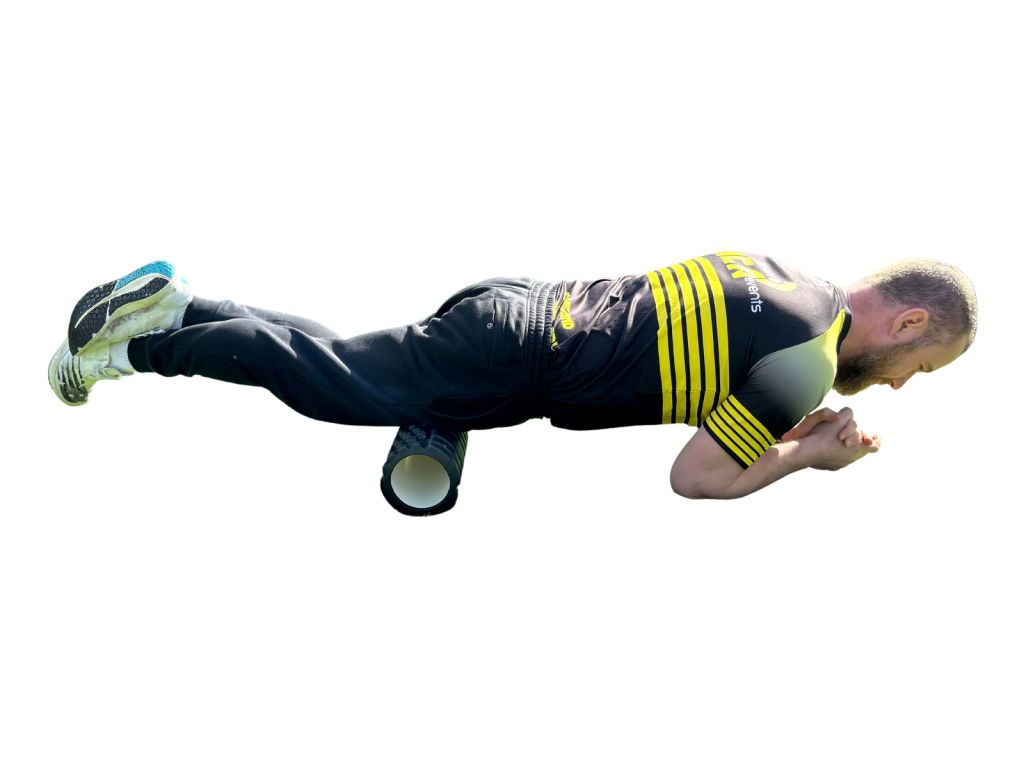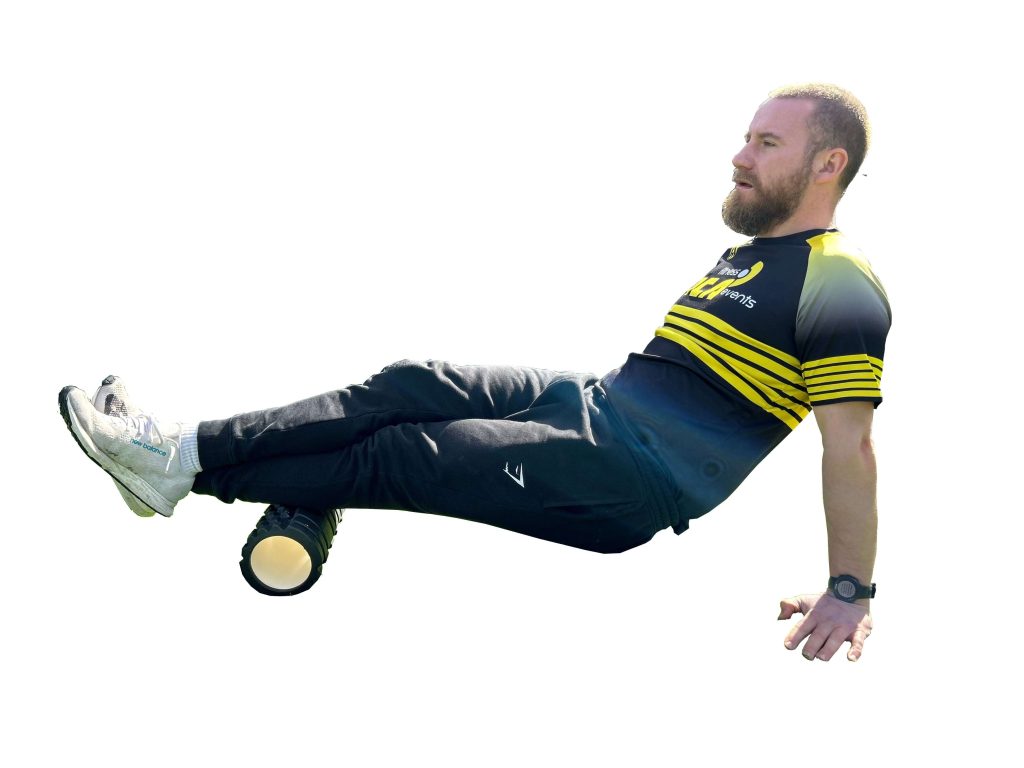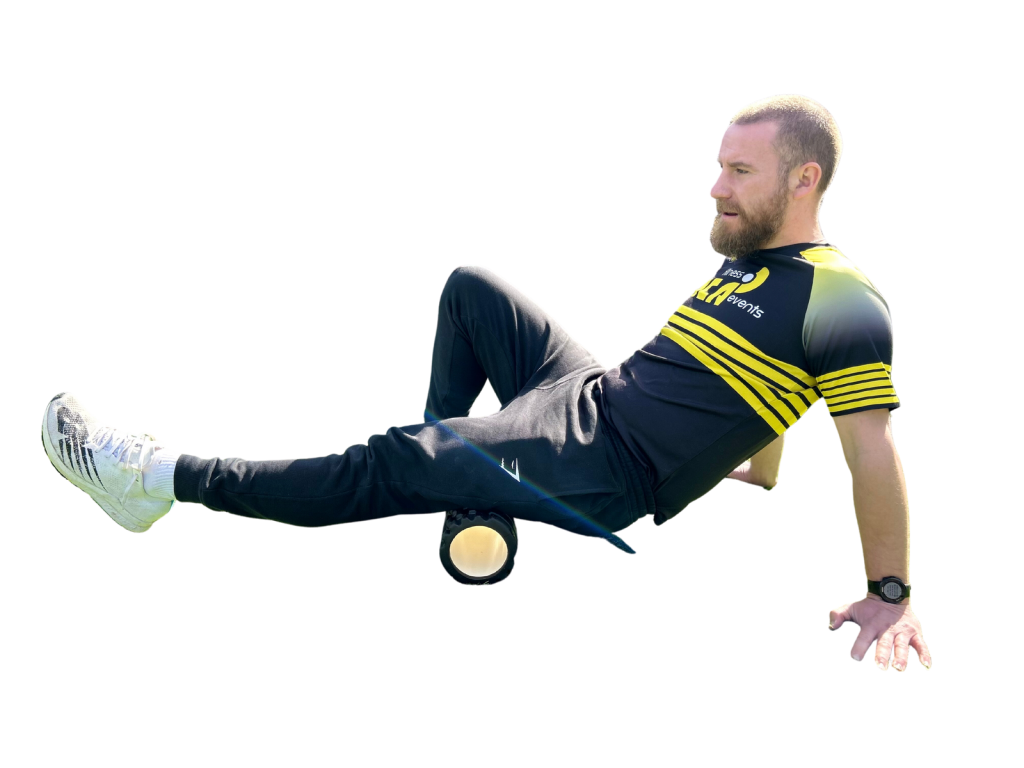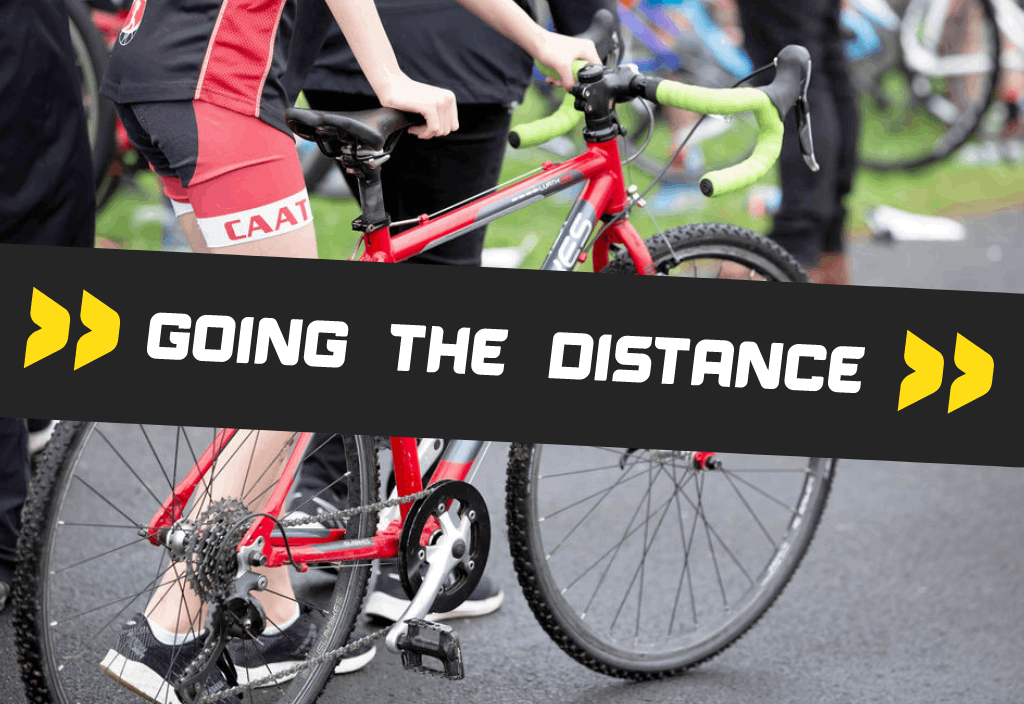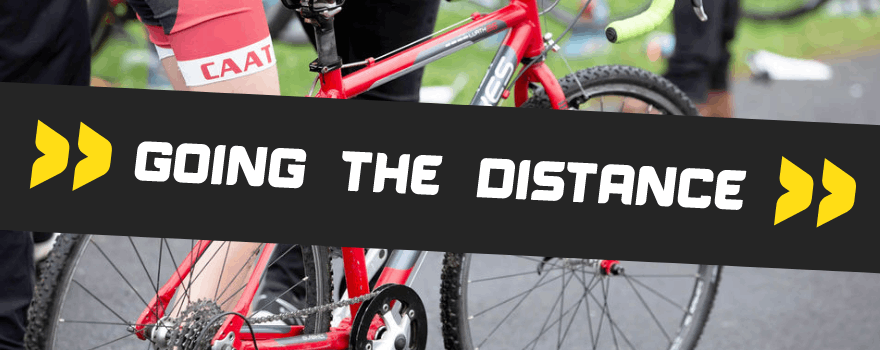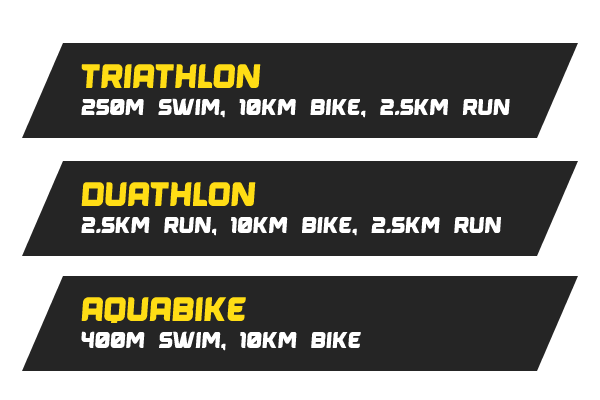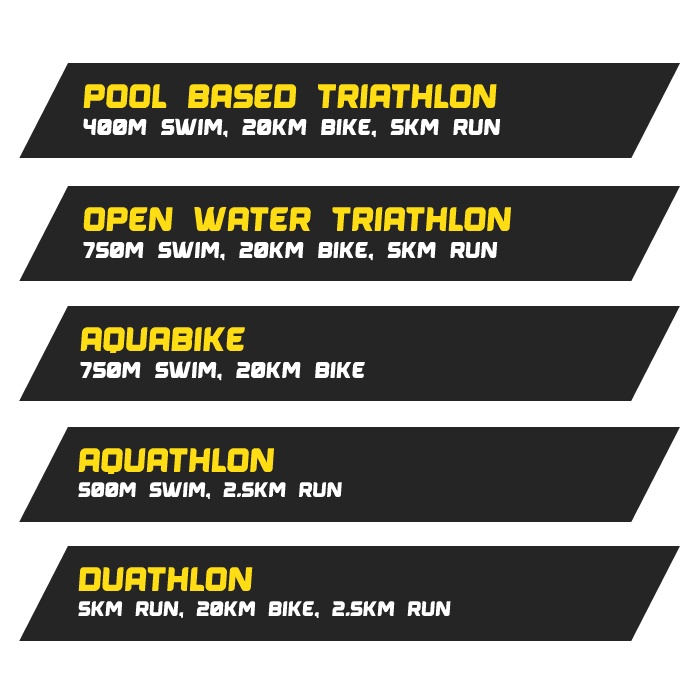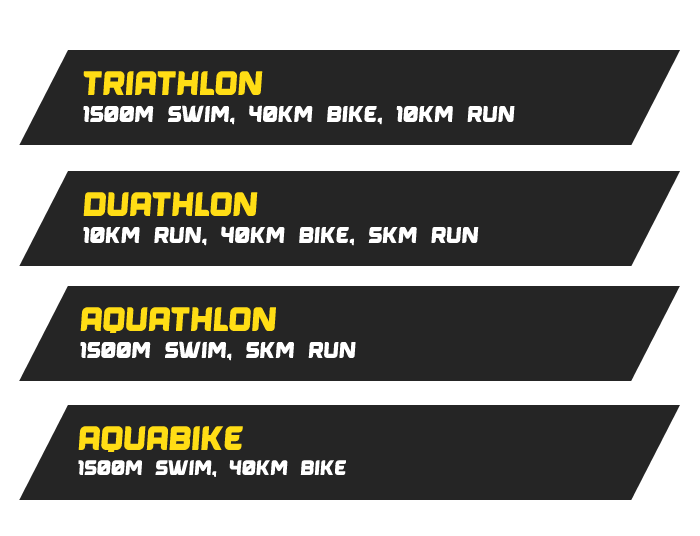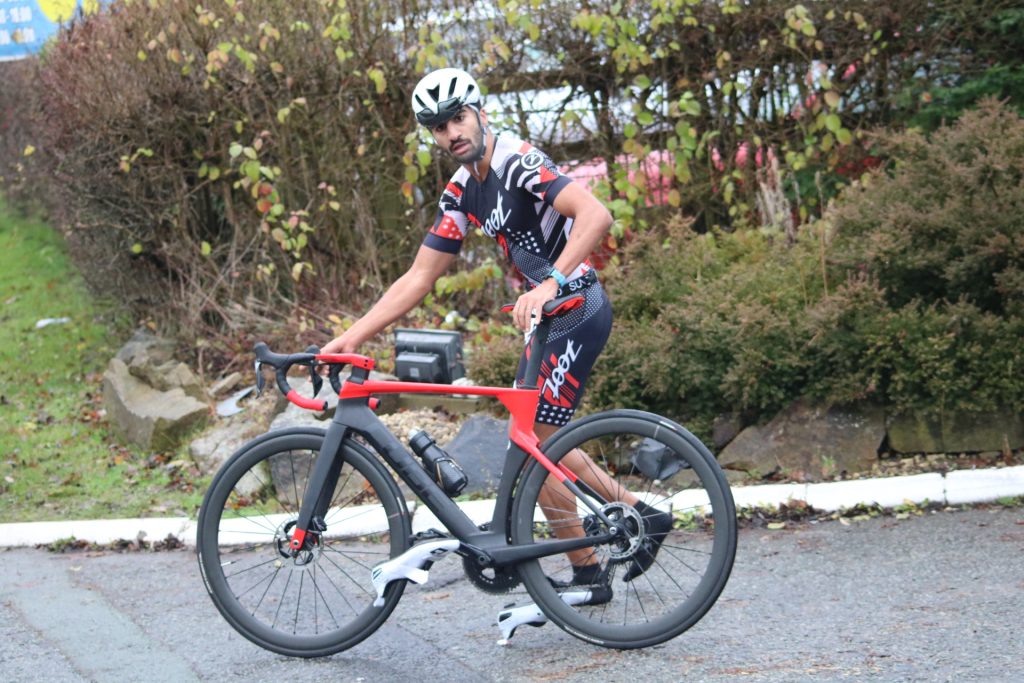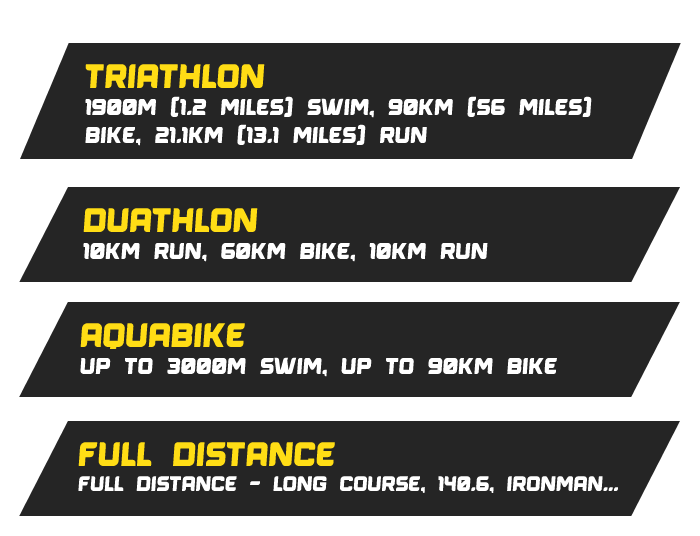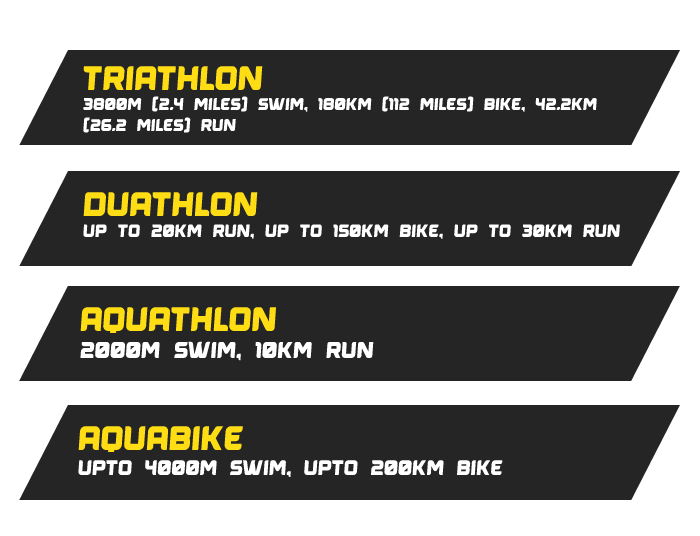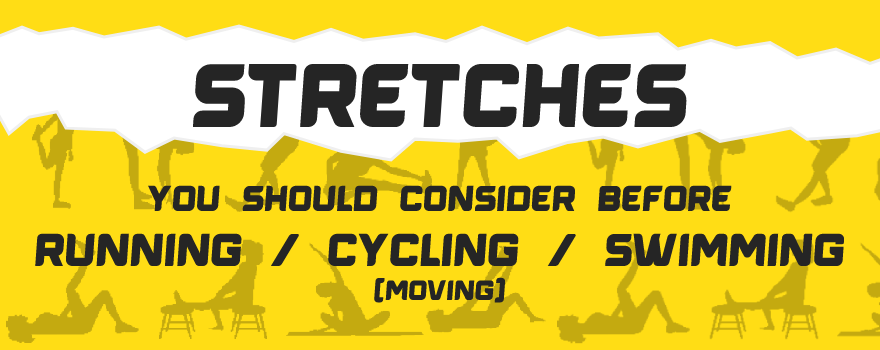
Sport in general is hard on the body. I have chosen running specifically in this article. Not because these are the only stretches you should do for running. I have chosen running as the main heading as in most sports there is an element of running and running really impacts the body as a whole so stretching to help you with running will help you in any sport that you take part in.
Stretching in life is also advisable as there are just so many benefits. When we’re born we are naturally flexible. You have only got to look at a child closely and you will notice all of the different shapes they can get into without even thinking about it. As we get older our bodies start to forget this flexibility and everything starts to tighten up.
What happens? We get injured. We struggle to sit comfortably. We struggle to stand without aching. We put our backs out. I think you get the picture that stretching in general is a good thing for everybody too. Stretching for sport is vital. Stretching before and after running will not only help keep you injury free but will also help with your performance.
With all of that in mind we decided to put together a list of five core stretching exercises that you should do before and after a run and as much as possible (without overdoing it)
Sorry here is the disclaimer. Before starting any new stretching or exercise regime be sure to consult your doctor to make sure it’s right for you.
These are in no particular order just our thoughts but we hope you like them and please let us know in the comments if you think we should add any, take any away and just your general thoughts on our suggestions.
I also want to point out that the names may not match what you know them as. I don’t claim to be a yoga or stretching expert, I just know what works and these are the names I use. Let me know in the comments if I’ve gone wrong ha ha.
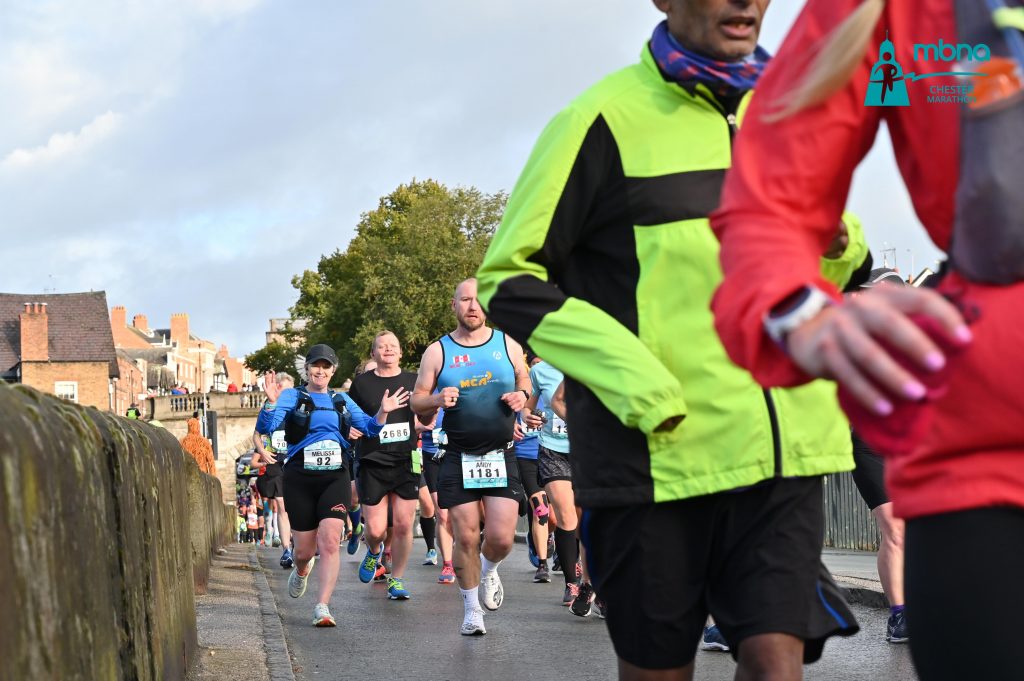
The Cat
This stretch focuses on the lower back and is really useful for cyclists as it relieves a lot of tension from down there.
It basically helps loosen up the spine and is especially useful after a training session as it helps relieve stiffness from the lower spine area.
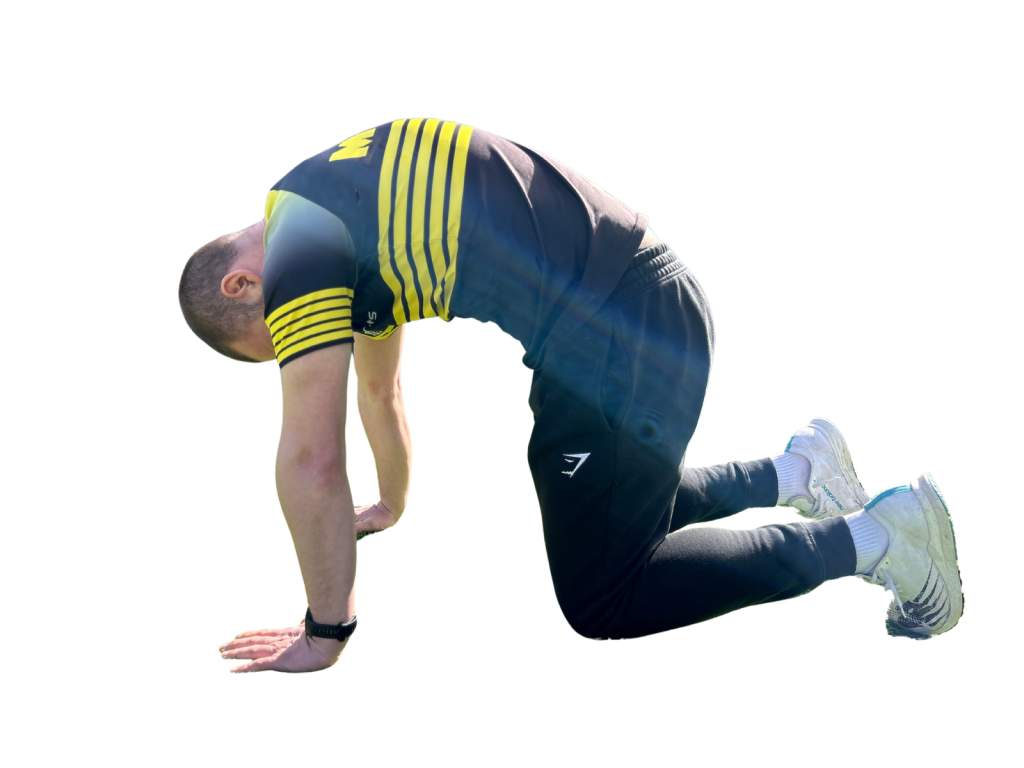
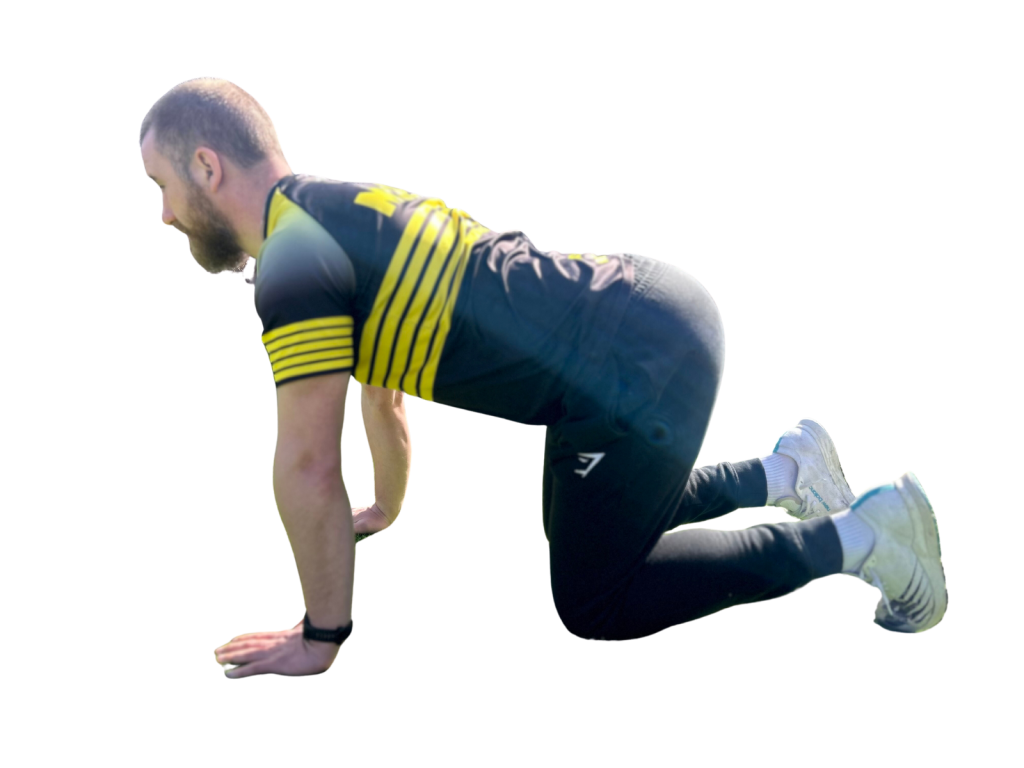
I will give you a brief description of how to do this and all of the rest of stretches but I do recommend doing your own research into them.
Key takeaways are to focus your attention on the areas you are stretching. Don’t over stretch so you injure yourself. Take the stretch to the point you can feel it and hold. Opinions vary here but my opinion is that a 30 second stretch is no good. I believe all stretches should be held much longer so your brain has time to process the fact that it can stretch and remember. Hold as long as you can.
Ok so back to the Cat. Get on your hands and knees and arch your back (like a cat) dipping your head. Then slowly alternate between this and looking up with your back in reverse. Be sure to do this slowly and make sure you engage your core at all times. Remember to breathe too.
The Trap Stretch
Cycling especially will see you putting a lot of strain on your shoulders and neck. Making sure you stretch out your trap muscles regularly and especially after a ride will really help in you not waking up the next day feeling like you have taken part in a Worlds Strongest Man competition without training.
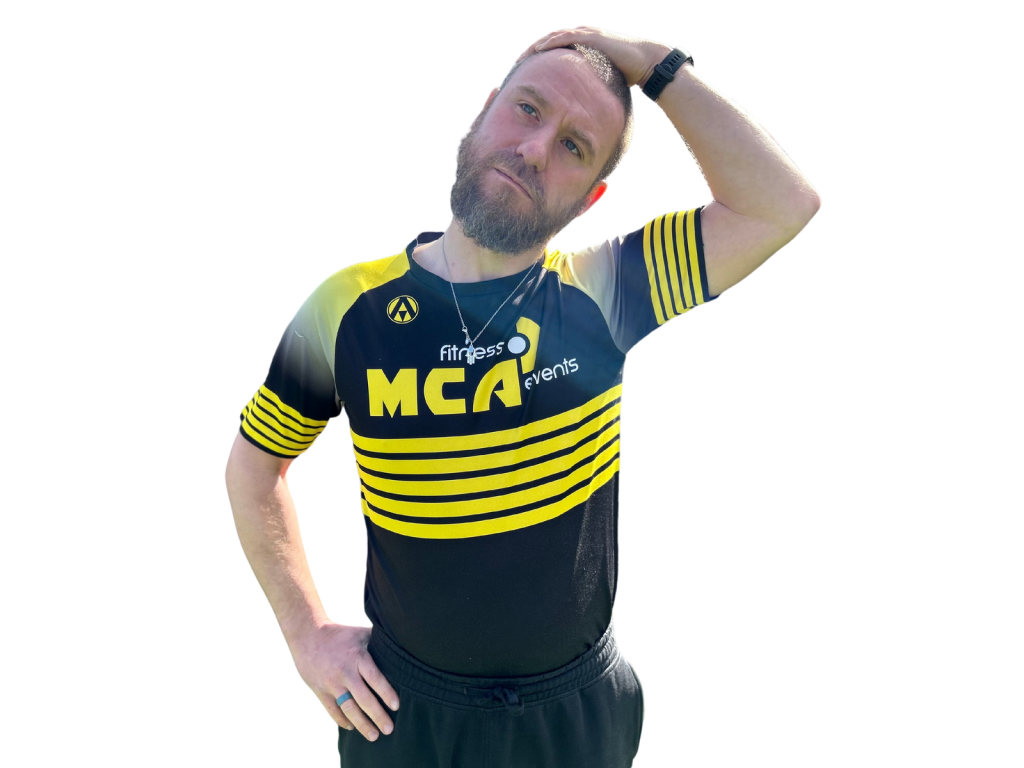
In some cases this one can be a little painful especially if you are not used to stretching your traps. I say this because these muscles attach to a lot of other muscles in the back and down the spine.
The key thing with this one is take your time and make sure not to pull anything. Put one hand under your hip/waist and take your other hand and wrap it around your head whilst gently pulling your head to one side (Pull in the direction of the hand that is holding your head) as soon as you feel resistance hold. Switch sides and repeat. It is useful to mix up the directions you are pulling to give a more varied stretch and once you are used to it this stretch will benefit you right down the back and spine.
The Bridge
Nobody can call me out in recommending the good old bridge. It’s useful for so many reasons.
The bridge helps out your lower back but really gets to work on your core and glutes too so an excellent all round stretch for a multitude of sports. The exercise is recommended the world over so you will be hard pressed to find a post on sport stretches that doesn’t and if they don’t, move on.
The bridge is also recommended by a lot of physiotherapists to people coming back from injury so not only is it an excellent preventative measure for most sports it’s excellent when you are in recovery. Make sure to take professional advice though before including it in your recovery plan.
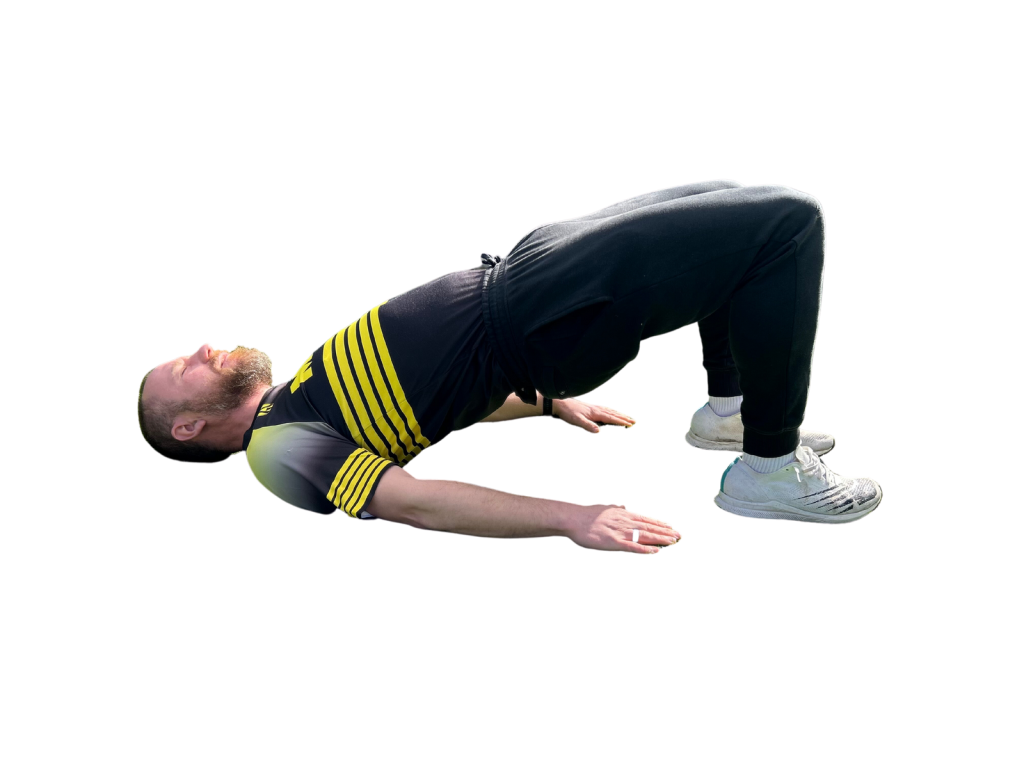
Breathing is important during this movement. Lie on our back. Feet shoulder width apart. Engage your core i.e try and pull your belly button into the floor. Bring your feet up to neer your bum.
Exhale and in a controlled fashion bring your tummy up towards the sky or ceiling until your body from your knees to your head are all parallel. Inhale as you lower and make sure you use a controlled movement throughout focusing on getting your breathing correct whilst engaging that core.
Sitting or Lying Glute Stretches
Sorry I’m not very imaginative with the names. I’m sure these exercises have got some real fancy names out there and I would be very interested in hearing them in the comments.
Although I call this the glute stretch it also works your Piriformis muscle. The muscle that the sciatic nerve runs straight through. This muscle along with the glutes is responsible for a lot of sport stability and if you hurt either of these the pain can be unbearable. Working a glute and Piriformis stretch into your routine will help keep these nice and flexible which will increase range and improve your sporting performance.
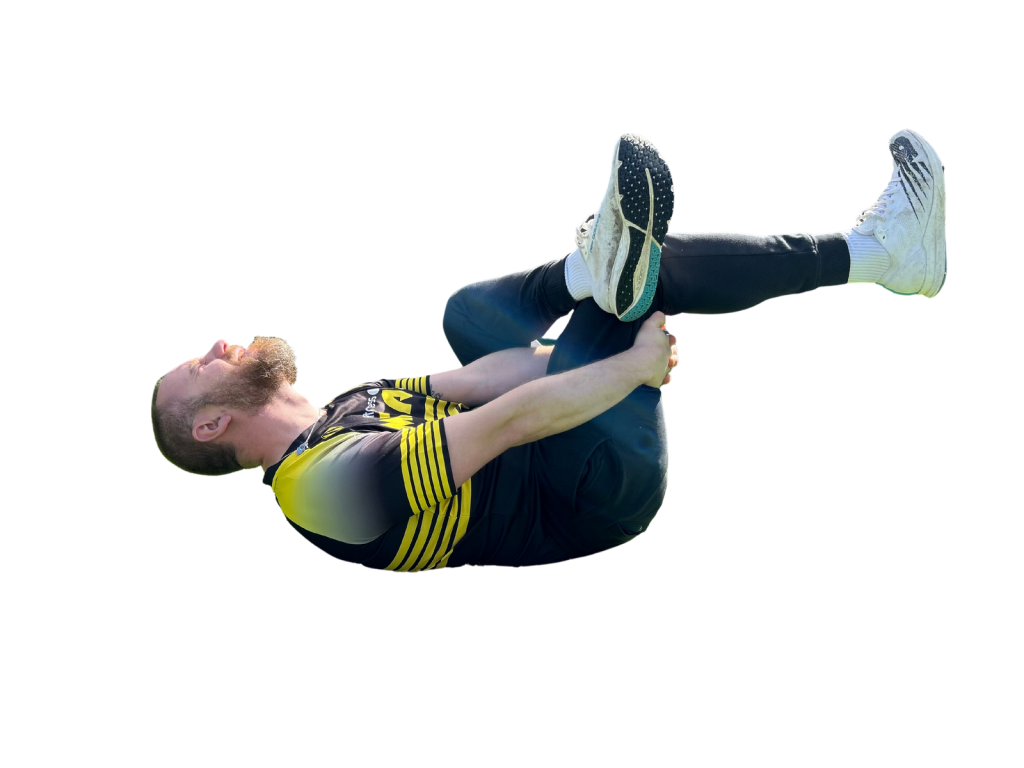
I prefer to being on my back when stretching these muscles but I will describe how to do them whilst sitting down first.
Sit on a chair and cross one of your legs over the other resting your ankle just over the top of the knee. Make sure your crossed leg is parallel with the floor. Once you are set, gently lean forward until you feel the resistance in your flute. Hold for the desired amount of time and then relax slowly. Swap legs and repeat as necessary.
When lying down, get yourself into a similar position only this time instead of leaning into the stretch. Lift the leg underneath towards your chest. When you feel the stretch, put your hands underneath your leg and hold. Relax and then repeat on the other side.
Downward Dog
I couldn’t put a cat stretch in here without also putting a dog stretch. I have no idea why it’s called a downward dog but guessing it’s because it rhymes and downward cat or elephant just didn’t sound right. If any of you Yoga experts out there can help please feel free to comment.
A brilliant hamstring stretch this one will benefit you if you’re a runner, cyclist, swimmer or walker. Having loose hamstrings also helps keep your spine flexible so get your Dog On and hit the yoga mat.
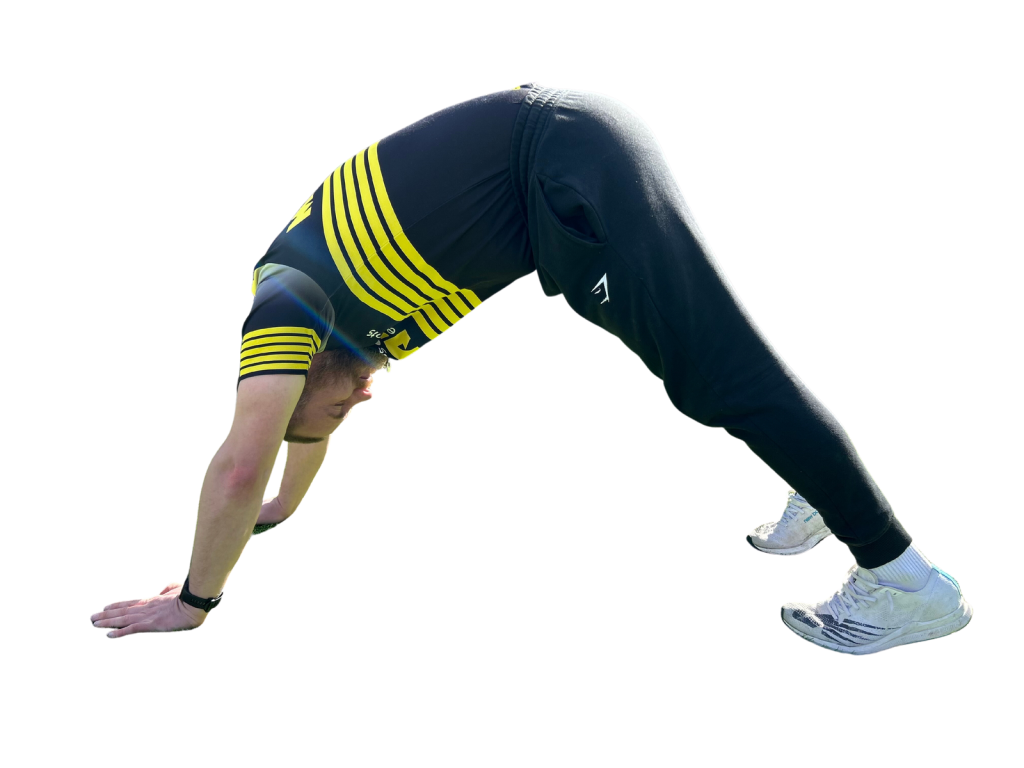
It’s a nice easy stretch. Start on your hands and knees and slowly raise your hips up by straightening your legs. Tense your quads and push your hips back to really stretch out your hamstrings and calves. Keep thinking about pushing your heels towards the ground to keep your legs and spine as straight as possible.
This one won’t be as easy to achieve the look in the picture at first but keep at it as practice makes perfect and if you’re consistent you will get there.
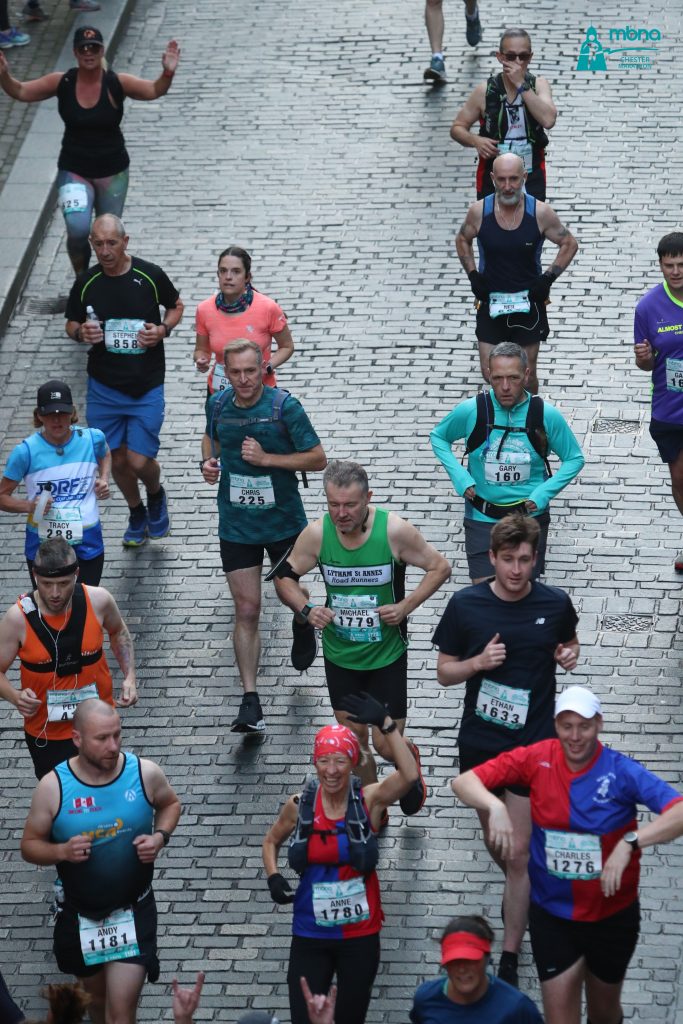
I hope you like my stretches. Remember these stretches in my opinion should be something you do regularly before and after your sport. Do your own research as there is lots of information out there on what you can do. There are also a lot of sport specific stretches you can do. I wanted to give you a general all over sport stretch routine that will also benefit you day to day.
I will close again by saying consult your GP before taking on any new stretching or exercise routine. Better to be safe than sorry.
Finally I can’t help myself but if you are into running and want to try something a little different why not try one of our events? Take a look at what we have on offer over on our Duathlon Events page.

